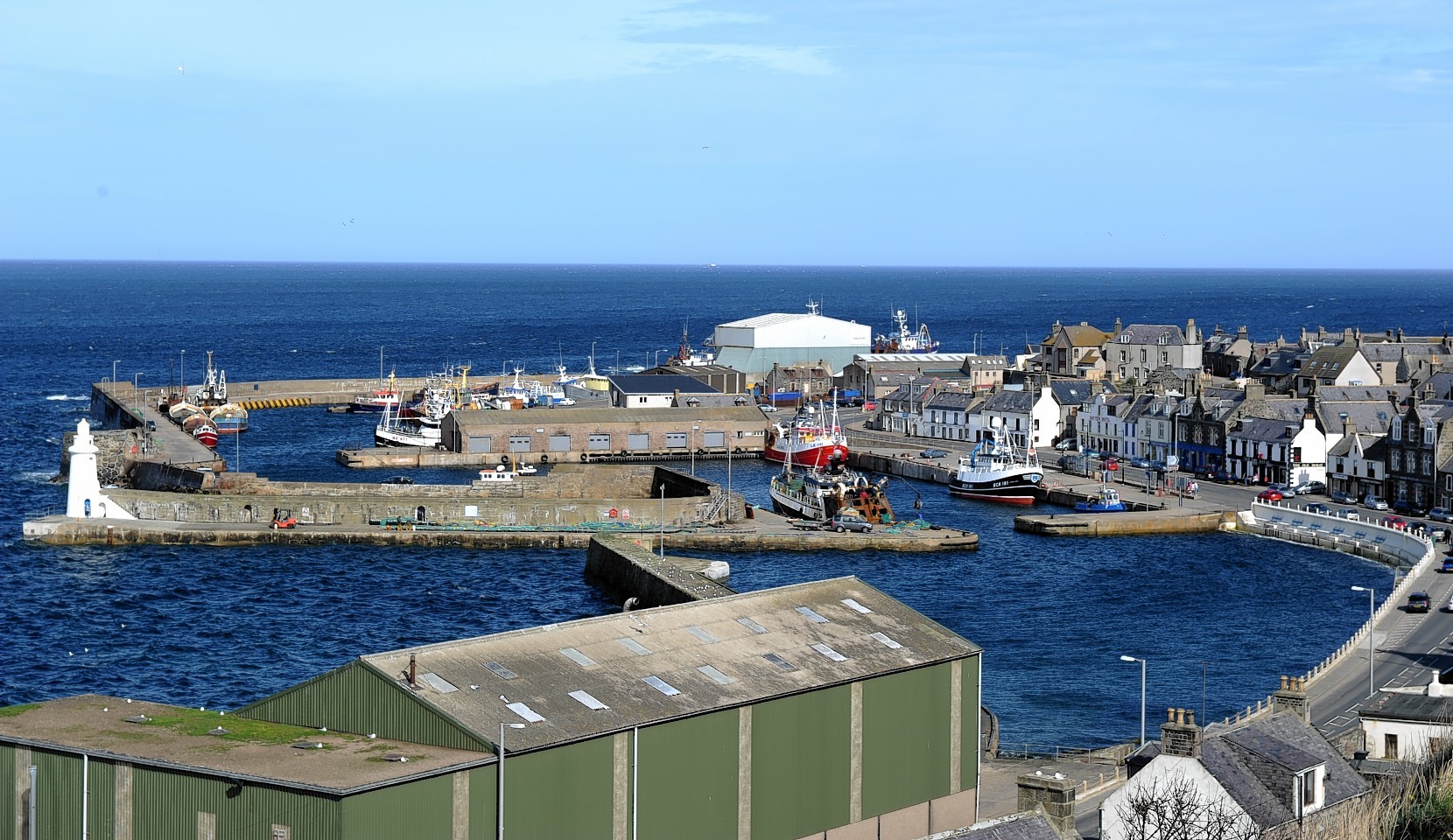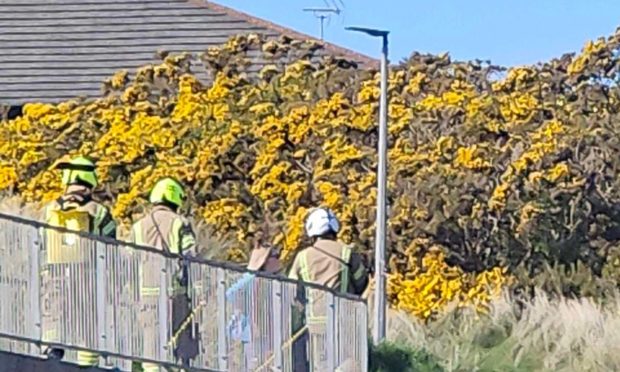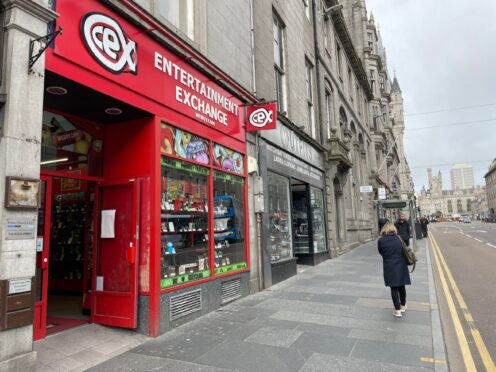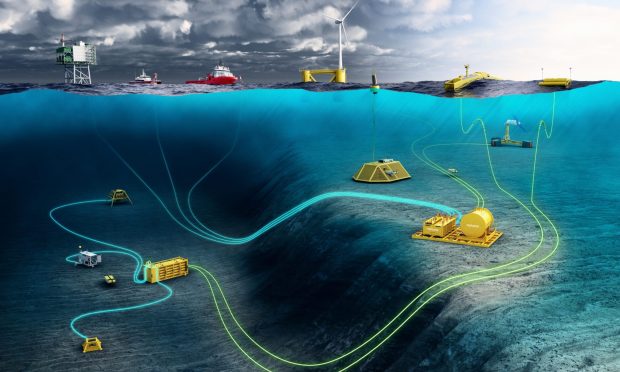A north-east harbour was the scene of a full-scale response to an oil spill yesterday as part of a training exercise.
Clean-up and emergency services descended on Macduff Harbour as the local authority launched tested the port’s oil spill contingency plan.
Dubbed Exercise Britannia, it had been arranged to offer practical experience to a ranger of partners including the local authority itself and neighbouring Highland and Moray councils.
Organiser George Cameron said council officers were “pleased” so many partner agencies were able to take part.
And local residents, who gathered to witness the drill, were treated to a rare glimpse of the procedures involved in containing and clearing a spill.
“All our harbours have very comprehensive emergency response procedures in place,” Mr Cameron said.
“But it’s important that we test those plans to ensure we are able to respond quickly and efficiently should an actual incident occur in the future.”
The exercise, which kicked-off at about 10.30am, lasted until the early afternoon.
Activities included the release of orange booms on the water, along with the use of other technical equipment.
Alongside the councils, the Maritime Coastguard Agency (MCA), Scottish Environmental Protection Agency, Marine Scotland, Scottish Natural Heritage and Briggs Environmental Services were involved.
Earlier this year, the MCA published a contingency plan for dealing with incidents including oil spills at sea.
Its report, which is currently in draft form, states that the MCA will offer advise on the most “appropriate” options for clean-up but that harbour masters and ship owners would be responsible for ensuring the work is done.
“They are equally responsible for ensuring that they have the means at their disposal to respond to pollution incidents within the limits of their stipulated area of jurisdiction,” it adds.
“The aim of any clean-up operation is to minimise the damage that the pollution would cause.”










